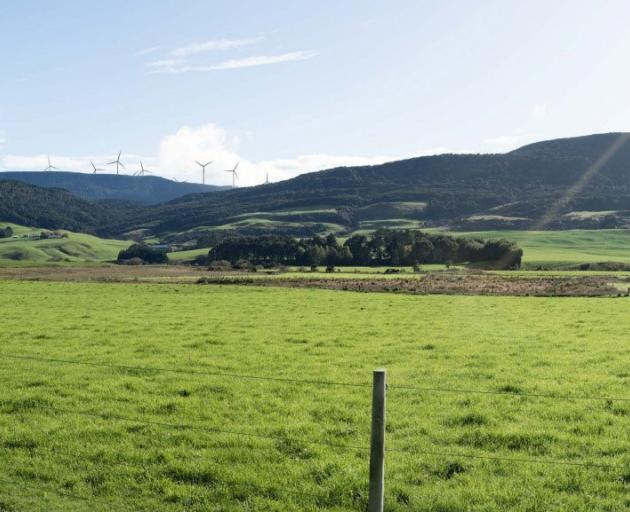
The proposal was for a 55-turbine wind farm near Wyndham, which would create up to 240 jobs during construction and power 150,000 homes when operational.
Contact wind and solar head Matthew Cleland said the company was now lodging an appeal with the High Court, outlining the specific areas of law where the decision was "incorrect".
"We are deeply committed to being a leader in the decarbonisation of New Zealand, playing our part to ensure energy security for all Kiwis and being a good neighbour in the communities in which we operate.
"The Southland wind farm is a crucial project to enhance energy security for all New Zealanders.
"It will benefit Kiwi households and the industries that drive our economy and support our communities.
"We believe the panel’s decision is flawed, with significant legal errors identified."
The decision appeared to focus on concerns about landscape effects, ecological effects and the significance it attached to them, including under various regional and district plans, he said.
"Contact believes this site is ideal for a proposed wind farm and that the offset and compensation measures proposed will ensure the Southland Wind Farm [project] will bring with it a raft of environmental, social and economic benefits."
The project included a raft of important conservation and restoration measures, designed to bring sustained ecological and biodiversity enhancements on and off the site, he said.
At ecologically vulnerable sites on the Jedburgh Station and Plateau there would be aerial pest animal control across 1400ha of indigenous vegetation and habitats; deer and pig eradication and exclusion fencing around a 250ha block; regeneration and planting of existing tracks and firebreaks in the area; regular targeted deer control across about 500ha; targeted ground-based predator control along wind farm roads throughout the Jedburgh Station plateau; and protection of the local fernbird population.
On Matariki, pigs and feral deer would be eradicated; permanent fencing would be erected around 8ha of degraded copper tussock vegetation; and an enrichment planting and pest plant control programme would help restore the habitat.
At Davidson Rd East, more than 10ha of wetland would be protected and exotic pasture would be revegetated into indigenous wetland species.
"Perhaps the largest scale initiative the project will support is the provision of annual funding to [the] Department of Conservation for intensive predator control within a 10,000ha treatment area in the Beresford Range, Catlins Forest Park.
"This will support a known population of long-tailed bats, and at the same time benefit many other ... species.

When the benefits and funding were taken into account, he believed the wind farm was a good project for the district and for New Zealand, Mr Cleland said.
"This belief has guided our decision to re-apply for consent under the updated Fast-track Approvals Act 2024."
Resource Management Act (RMA) Reform Minister Chris Bishop recently hinted projects such as the Southland Wind Farm were more likely to make it across the line under his new RMA reforms.
"Our intention is that fast-track will help projects with substantial value for New Zealanders to get into flight, unhindered by our country’s to-date stifling consenting processes, where appropriate."
West Catlins Preservation Society spokesman Dean Rabbidge said he was not surprised to hear Contact was going to appeal.
"It just shows the real arrogance around Contact Energy at the moment.
"So they’re going to carry on, which is not surprising really, considering the attitude towards the communities and the people during the whole consenting process.
"We’re pretty displeased."
The group would wait to see what happened in the appeal process, he said.
Forest & Bird declined to comment.












